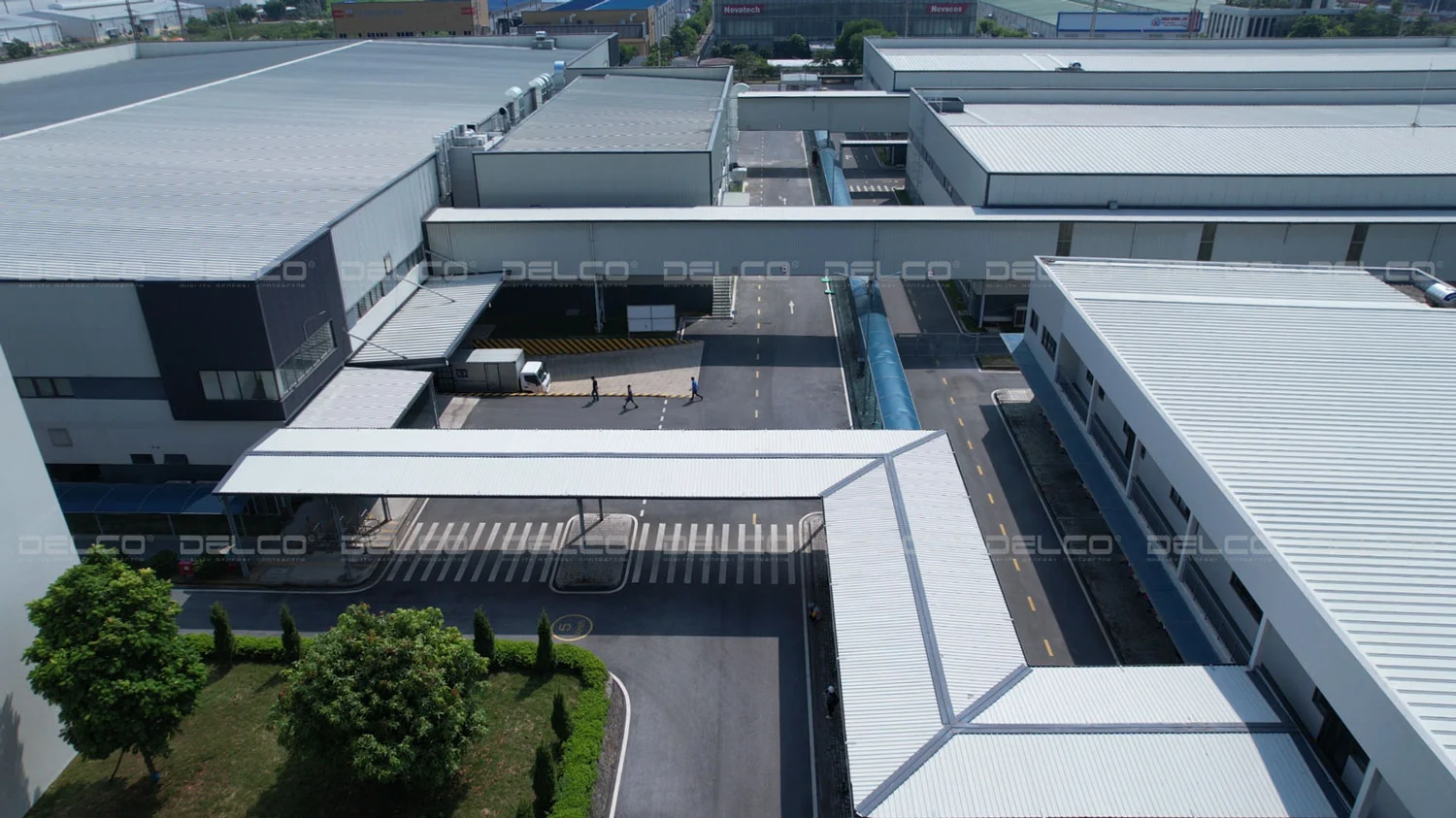Technologies such as AO, MBR, and MBBR are usually applied in factory wastewater treatment nowadays due to their many outstanding advantages. These technologies help investors meet the output standards for wastewater and minimize operating costs.
Regulations on Industrial Wastewater Treatment in Vietnam
Industrial wastewater treatment is one of the top concerns of every country in the world. In Vietnam, for factories built in the industrial zones (IZs) that have centralized wastewater treatment systems, the investor will sign contracts and connect their pipelines directly to the centralized treatment system without the need to build their own water treatment facilities. However, for factories built in IZs or ICs that do not have centralized wastewater treatment plants, or if the wastewater contains hazardous substances or heavy metals, the investor must build their own treatment systems to process the wastewater before discharging it into the centralized system. Investors must ensure that the treated wastewater meets category B standard, with pollutants such as lead, mercury, BOD, COD, etc., not exceeding the permissible limits set forth in QCVN 40:2011/BTNMT
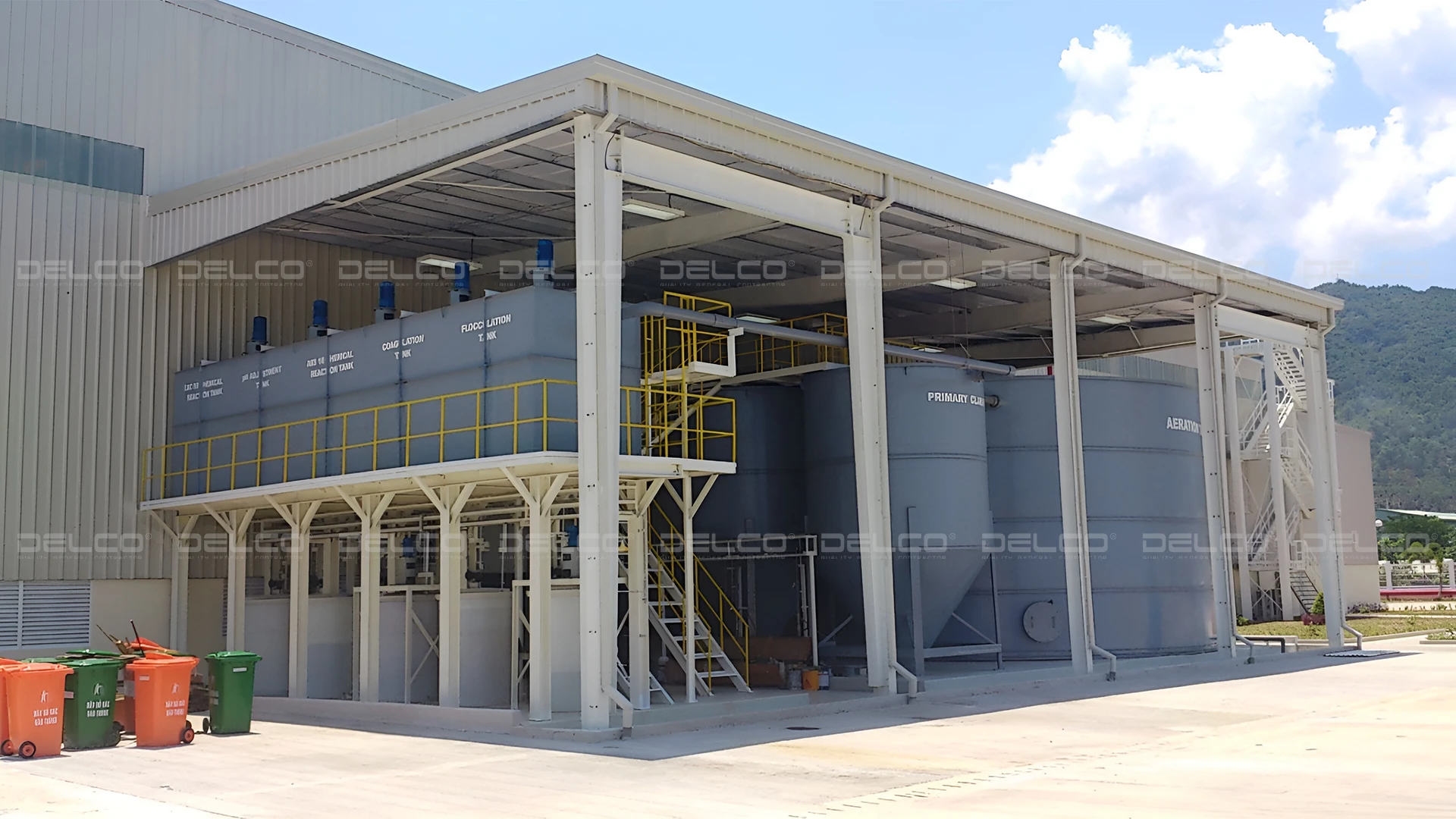
Five Popular Industrial Wastewater Treatment Technologies
When designing and constructing a factory wastewater treatment system, investors should choose the appropriate treatment technology that matches the scale and specific production characteristics to ensure that the wastewater is treated correctly and complies with Vietnam’s current standards
AO Treatment Technology
AO technology uses anoxic and oxic processes to remove pollutants, making it a good solution for wastewater containing high nitrogen and average BOD and COD levels. This is a popular technology for treating domestic wastewater in factories in Vietnam, as it is easy to operate and can be automated. By using AO technology, investors can design a modular, compact treatment system that saves space and allows capacity expansion. Additionally, with reasonable investment costs, low maintenance cost and stably operating, the AO technology is known to help investors save costs effectively.
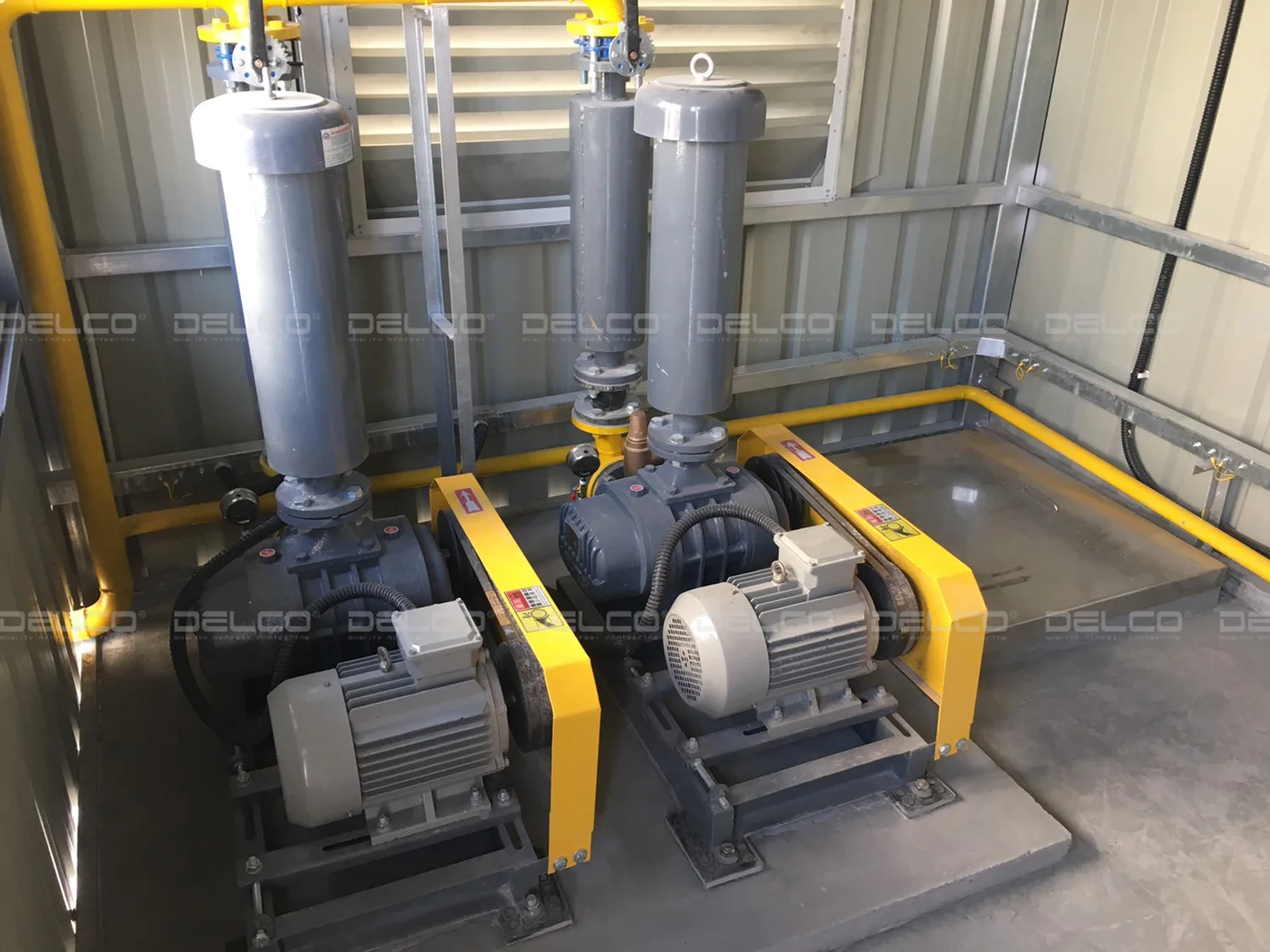
AO wastewater treatment technology at HAEM Vina factory by DELCO as the Design-Build General Contractor.
Membrane BioReactor Technology (MBR)mTechnology
MBR wastewater treatment technology is commonly applied in factories with high risks of biological pollutants, such as breweries, dairy plants, and seafood processing facilities. By using MBR technology, investors can save on construction space as it does not need secondary settling tanks. Moreover, it reduces costs by allowing for the reuse of treated water for purposes such as irrigation and road cleaning. However, prolonged use can lead to membrane clogging, and the costs for investment and replacing membranes can be quite high.
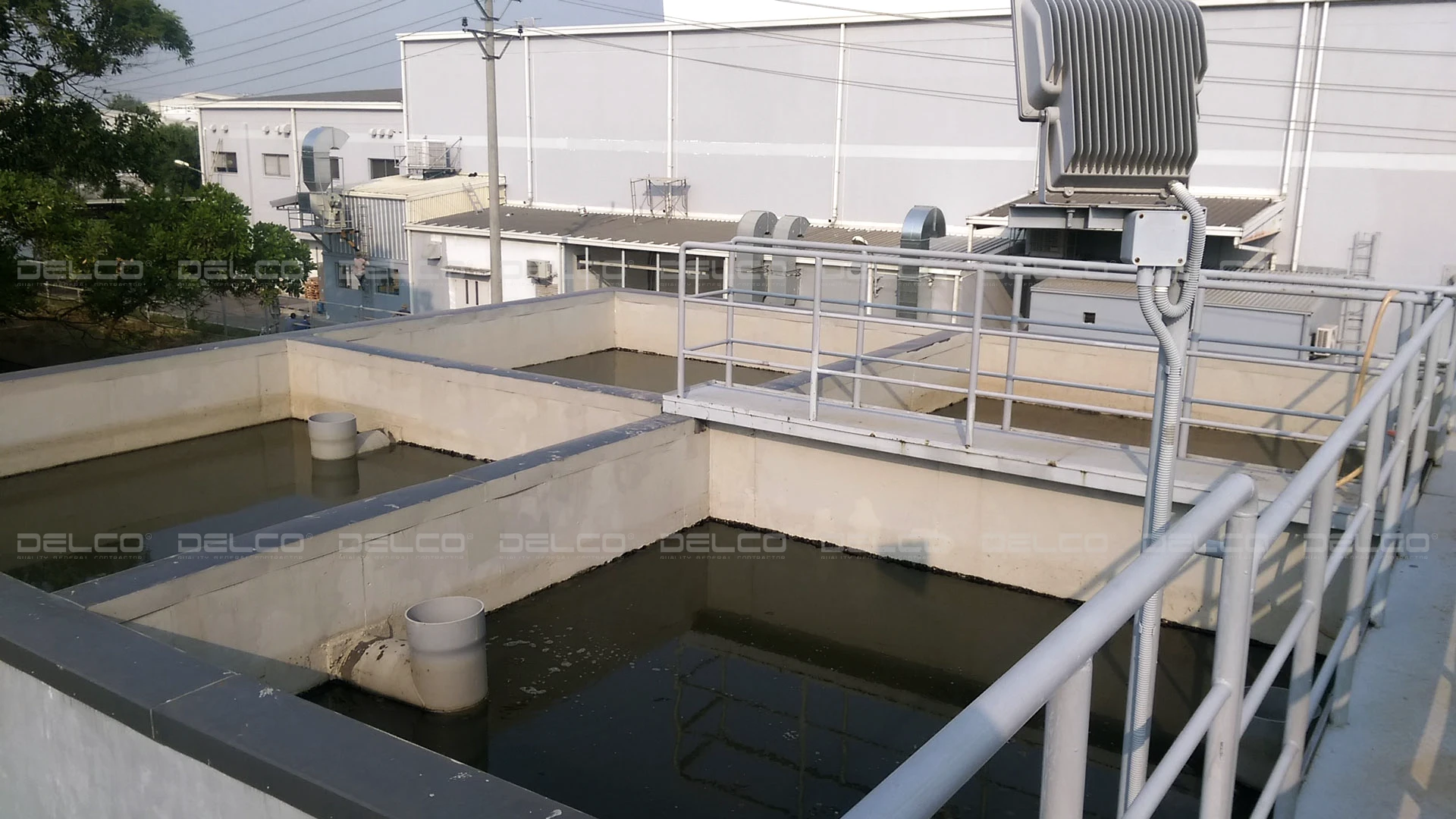
Moving Bed Biofilm Reactor (MBBR) Technology
By using the moving bed to increase the surface area for biomass to tack on, MBBR treatment technology is highly effective in treating pollutants such as BOD, COD, and nitrogen. This technology can handle high organic loads and saves space, making it suitable for factories with large volumes of wastewater containing high levels of organic matter, such as paper manufacturing and textile dyeing.
Sequencing Batch Reactor (SBR ) Technology
SBR is a wastewater treatment technology for factories that uses microorganisms to treat wastewater in batches. It consists of two tanks: Selector and C-tech. The technology operates on an automated system, reducing the number of equipment in the settling tank and eliminating the need for sludge recirculation, which helps the system operate stably and durably. It also saves on the costs of constructing settling tanks, transmission systems, and related pumps. However, applying SBR technology requires highly skilled engineers to closely monitor the system.
Physicochemical Treatment Technology
Using physicochemical technology is one of the popular choices for factory wastewater treatment. By using coagulants, flocculants, this technology can remove most suspended solids, heavy metals, small-sized colloidal pollutants, and microorganisms. Therefore, physicochemical technology is suitable for most types of wastewater, especially industrial wastewater containing chemicals, heavy metals, and high color levels.
However, the biggest drawback of this technology is its high operational cost. Factories need to regularly purchase chemicals for wastewater treatment. Additionally, there is a need for strict control over the types and dosages of chemicals used to ensure worker safety and avoid chemical wastage.
Factors to Consider in Designing and Constructing a Factory Wastewater Treatment System
Compliance with Legal Regulations
The factory wastewater treatment system must be designed and constructed to meet technical standards and legal regulations. Investors should work thoroughly with contractors on the technical design documentation to ensure the environmental permit procedures align with the technology used. This helps meet legal requirements and avoids the need for multiple revisions and procedures, which can be time-consuming and costly.
Choosing Effective Treatment Technology
Each wastewater treatment technology has its own advantages and disadvantages. Investors should not only consider the construction costs but also carefully calculate the operational costs and the potential for water reuse after treatment. This ensures the selection of a wastewater treatment system that is both efficient and cost-effective.
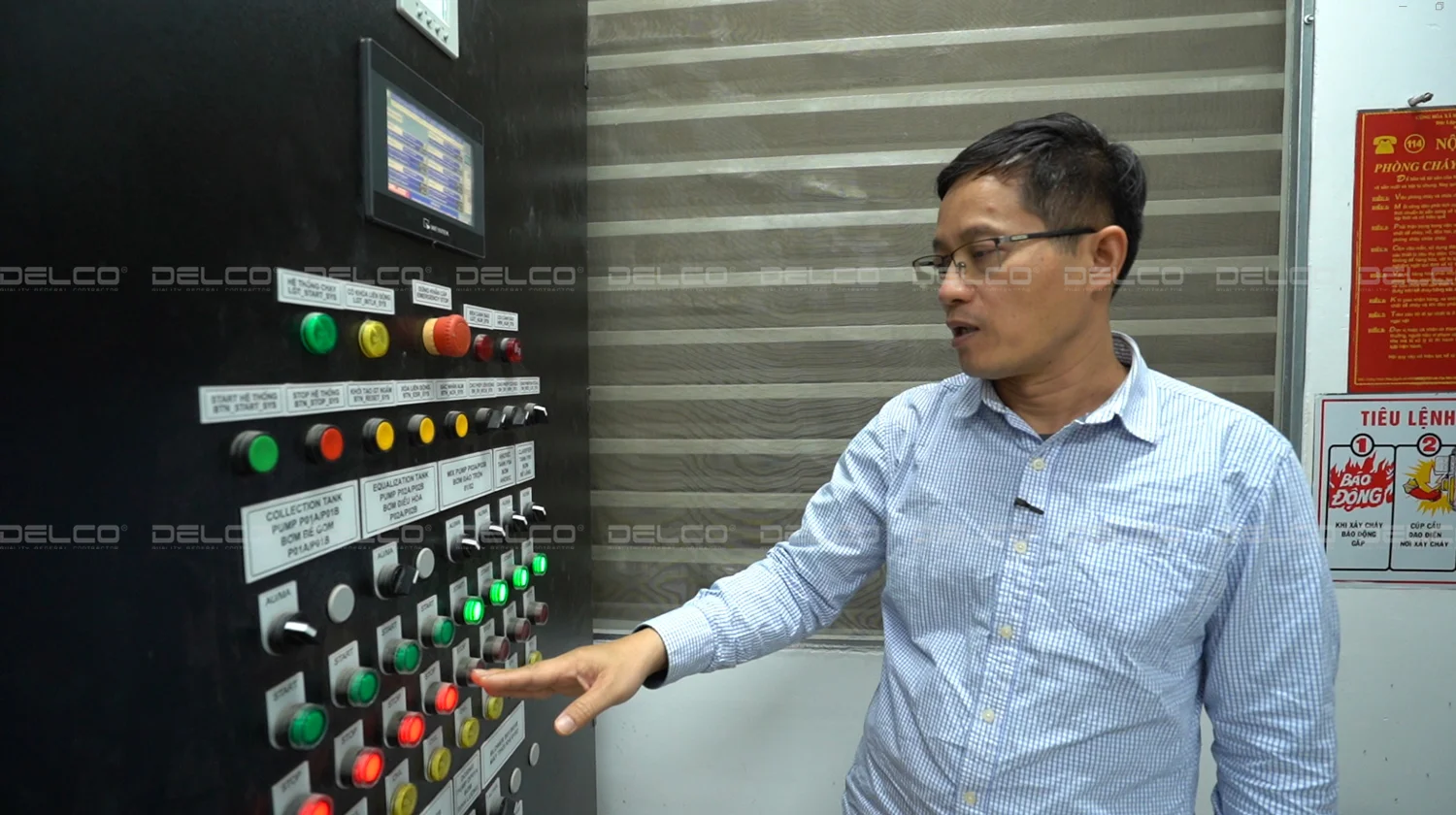
The control cabinet for the wastewater treatment system at Power Plus Technology’s smart factory allows investors to reuse treated water for irrigation and road cleaning.
Design and build a flexible and cost-effective system
Investors should spend time with contractors and collect detailed requirements on the manufacturing industry and their budget, etc., to design and select appropriate equipment and techniques, ensuring the system operates efficiently and saves energy. Additionally, a reputable contractor will help the investor design a flexible wastewater treatment system that is easy to upgrade and expand by calculating the tank capacity, pump capacity, and air blower capacity to match future expansion plans. This helps the investor save a lot of time and cost for factory expansion or renovation projects in the future.
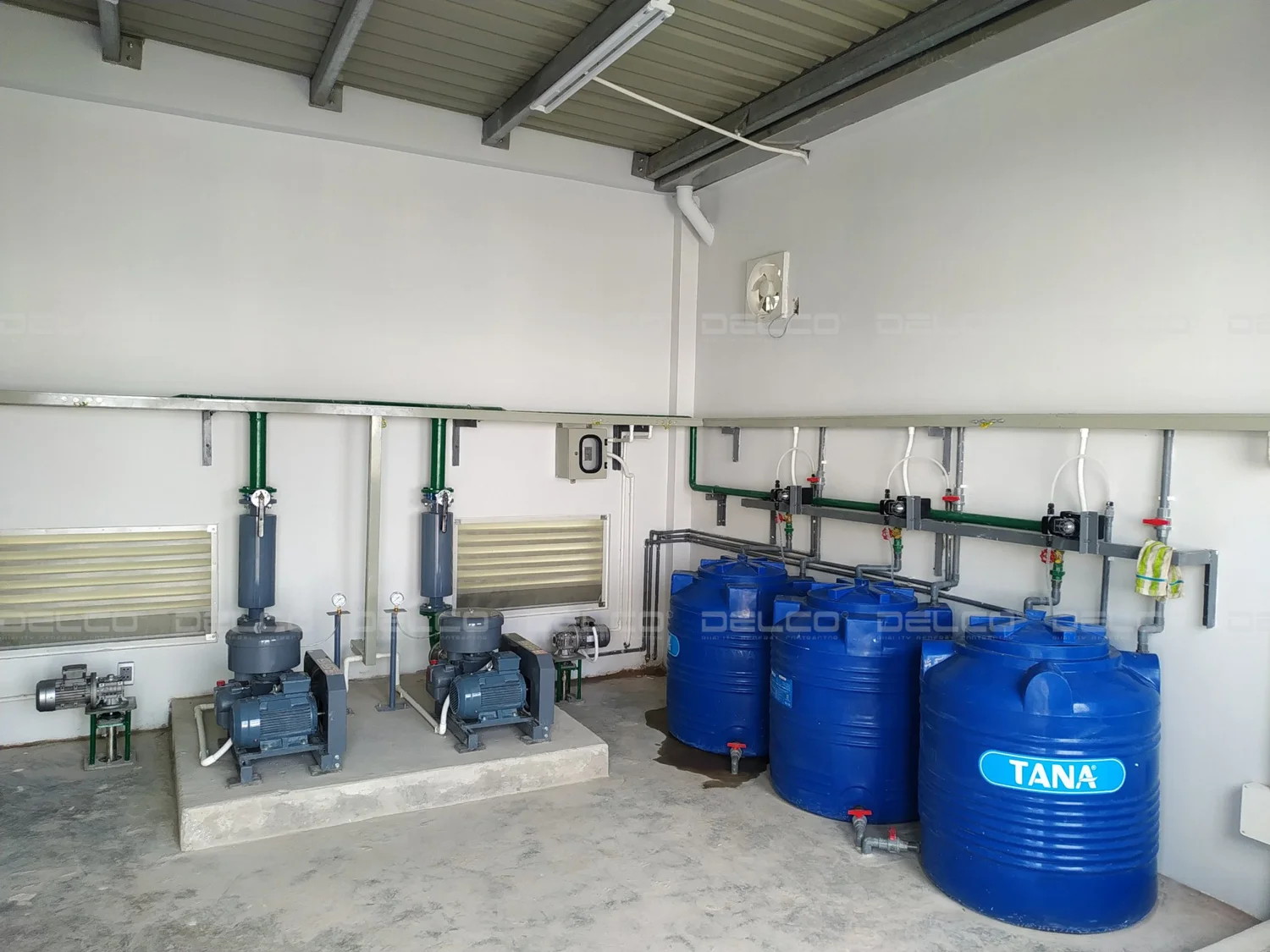
The wastewater treatment system at the Ha Nam commercial printing factory, by DELCO as the General Contractor, has been calculated and designed to be easily expandable in later stages.
See more: DELCO’s featured projects of wastewater and exhaust gas treatment
See more: Renovating the factory – difficulties in the construction progress


